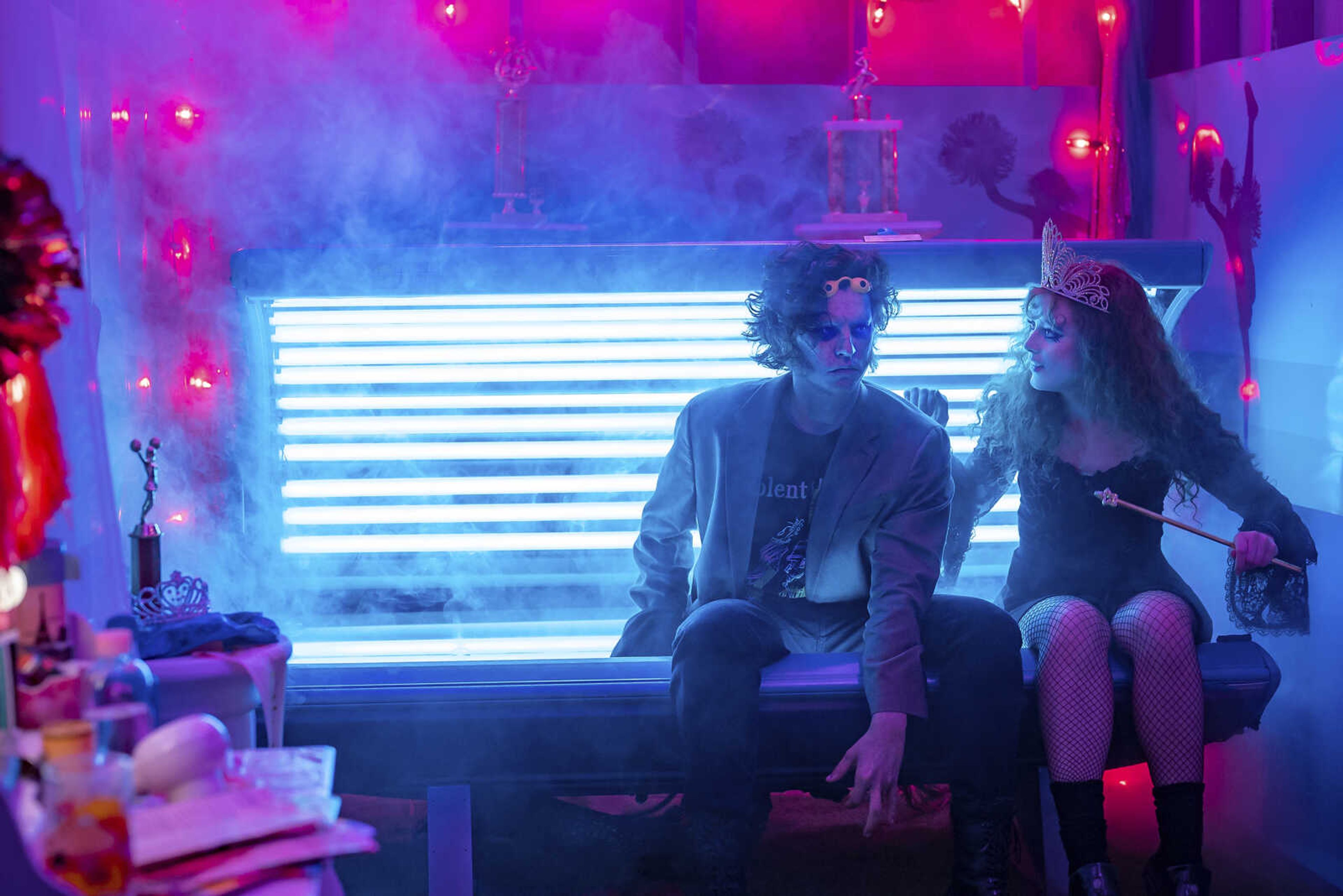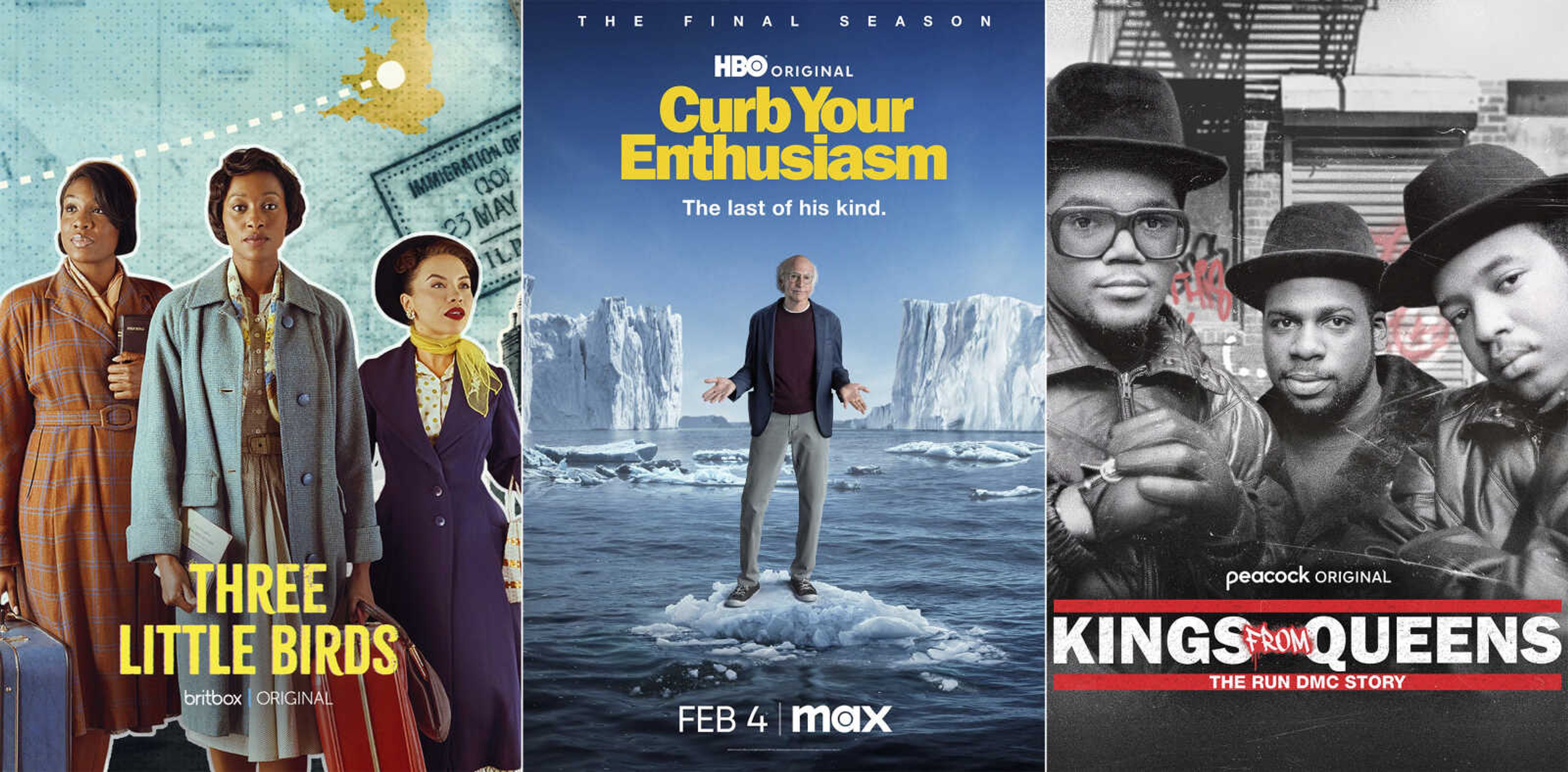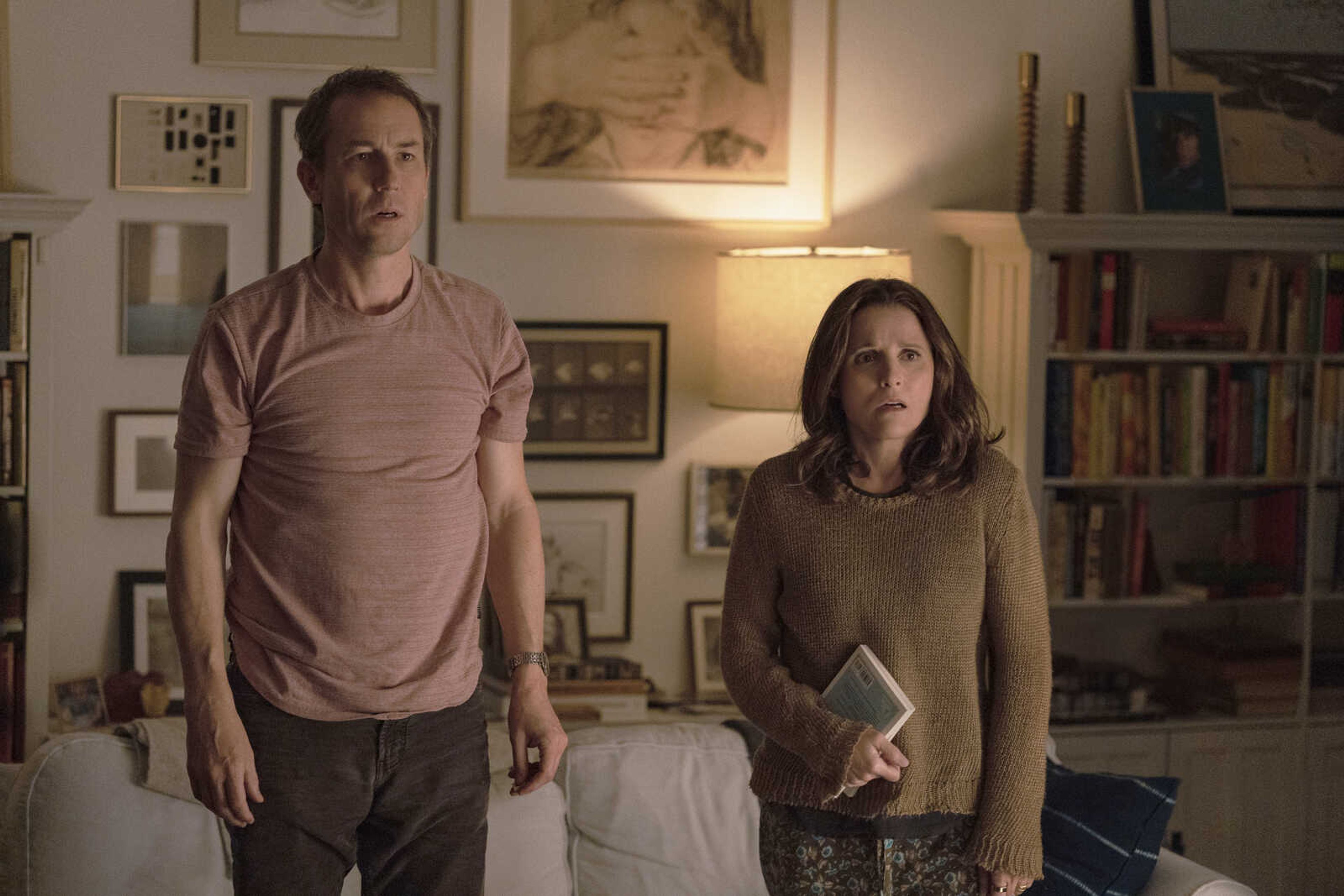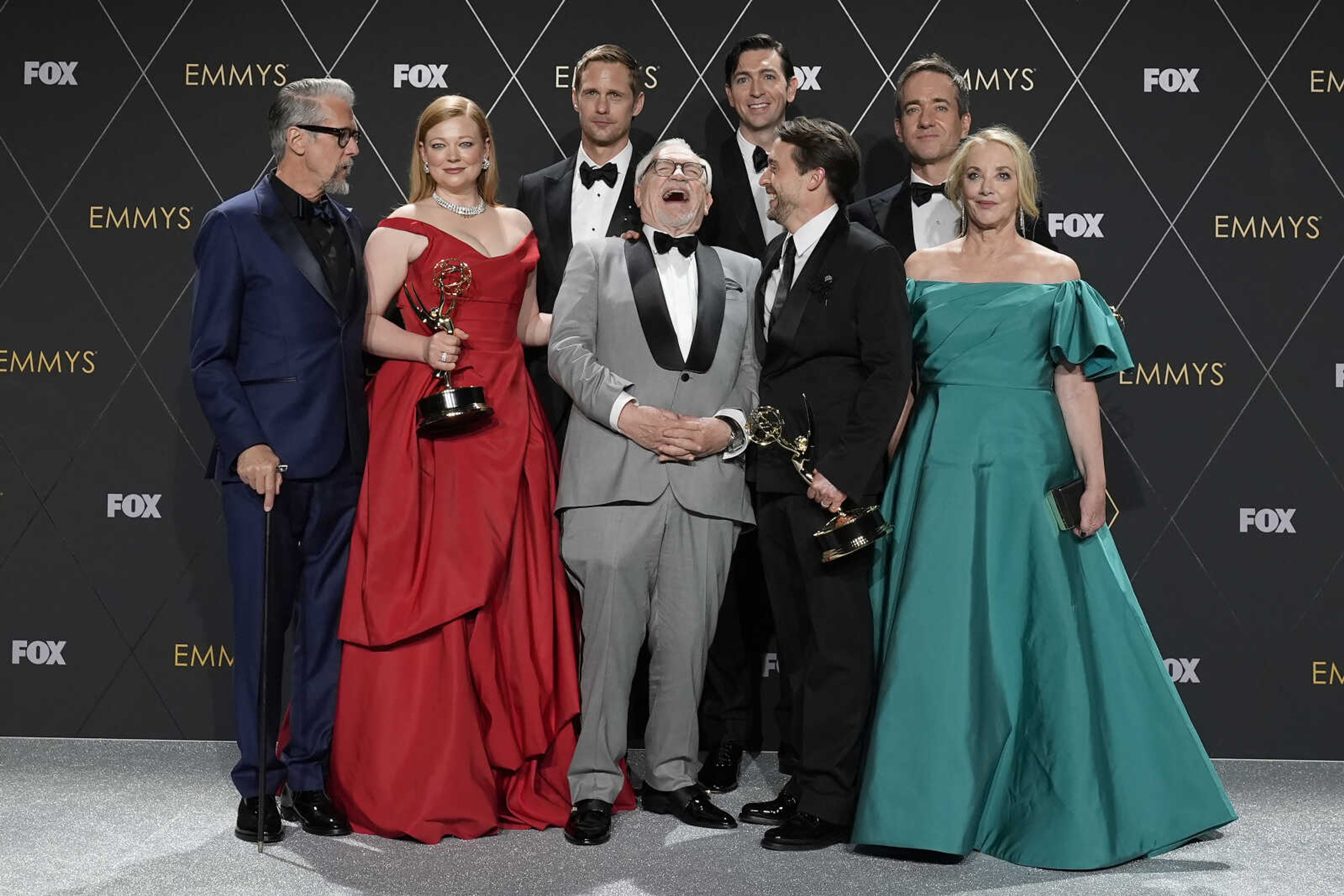Old movie technology still makes viewers gasp
LOS ANGELES -- Robert Stack recalls the audience reaction 50 years ago at the Hollywood premiere of a movie in which he starred: "People jumped up from their chairs and ran screaming out of the theater." No, it wasn't a comment on Stack's acting. As he explains: "There was a long tracking shot of a train coming around a corner, then coming directly toward the camera. It looked as though it was going to run over everybody in the theater. ... It scared the hell out of 'em."...
LOS ANGELES -- Robert Stack recalls the audience reaction 50 years ago at the Hollywood premiere of a movie in which he starred: "People jumped up from their chairs and ran screaming out of the theater."
No, it wasn't a comment on Stack's acting. As he explains: "There was a long tracking shot of a train coming around a corner, then coming directly toward the camera. It looked as though it was going to run over everybody in the theater. ... It scared the hell out of 'em."
Hollywood had entered the third dimension.
The film screening that night in late November 1952 was "Bwana Devil," a no-brain melodrama about rampaging lions preying on railroad builders. It might have been relegated to the lower half of double bills except that it was the first feature film shown in 3-D.
Audiences wore polarized glasses that converted double images on-screen into lifelike illusions. Life magazine's famous photo of an enthralled 3-D audience wearing the goofy-looking glasses captured the craze perfectly.
Battered by the loss of half of its audience to television, Hollywood hailed 3-D as a way to lure back paying customers.
Studios scrambled to make more than a dozen major 3-D projects after "Bwana Devil," including Alfred Hitchcock's "Dial M for Murder," a remake of the thriller "House of Wax" and the Cole Porter musical "Kiss Me Kate." Soon, everything from lions to lingerie looked like they were flying into audiences.
3-D negligee
Stack, known in recent years for television's "Unsolved Mysteries," recalls filming "Bwana Devil": "There were two cameras fastened to each other, and there was a line 3 or 4 feet in front of them. You couldn't get within a certain distance of them without projecting yourself OVER the audience.
"Barbara Britton wore a negligee for one sequence. One of her 'girlie things,' as my grandmother called them, protruded beyond the 3-foot line. You had a beautiful, pink, lace-encased object floating over the first three rows of the audience."
To achieve the 3-D effect, two cameras were spaced so their images approximated what two human eyes would see. Exposed film from one camera was then overlaid on the exposed film of the other to produce a single movie print with slightly offset images. When the combined print was projected, a double image was seen on the screen. Polarized glasses tricked the brain into converting the double image into a 3-D scene.
Amazing enough. Yet the glasses also caused widespread eyestrain among 3-D moviegoers, and within two years the craze started to fade.
"People were getting headaches from the glasses," explains Roger Mayer, president and chief executive officer of Turner Entertainment Co., which now owns the 3-D versions of "Kiss Me Kate" and "Dial M for Murder."
Will 3-D ever return to the movie mainstream? Probably not. The only way for 3-D to make a feature comeback is without glasses, and that's not likely to happen anytime soon, says Mayer, a former MGM executive. He recalls that MGM tried to develop a 3-D system without glasses in the 1950s and decided it was impossible.
Now a novelty
Yet 3-D movies do live on, if only as a novelty.
IMAX, the company with 230 huge-screen theaters in 30 countries, has produced 21 3-D films, including its latest release, the animated "Santa vs. The Snowman."
"We've been in the 3-D business, in terms of commercial theaters or theaters in museums and science centers, for a decade or so," said Brad Wechsler, IMAX co-chairman. The company's "Space Station 3-D," which was released earlier this year, has earned about $33 million.
Wechsler believes that new technology has virtually eliminated the old bugaboo about eyestrain: "I would say that about 5 percent of our audience gets some form of eyestrain. That's really a function of how your eye muscles converge to the images."
But the glasses are still there -- and thick ones, too.
Looking back a half-century to "Bwana Devil," Stack, probably best known as Eliot Ness in the old TV series "The Untouchables," shrugs off any notion that he took part in a history-making achievement.
"I'm not sure it was anything to be proud of," he said. "It's an honor like being the world's tallest midget."
Connect with the Southeast Missourian Newsroom:
For corrections to this story or other insights for the editor, click here. To submit a letter to the editor, click here. To learn about the Southeast Missourian’s AI Policy, click here.








